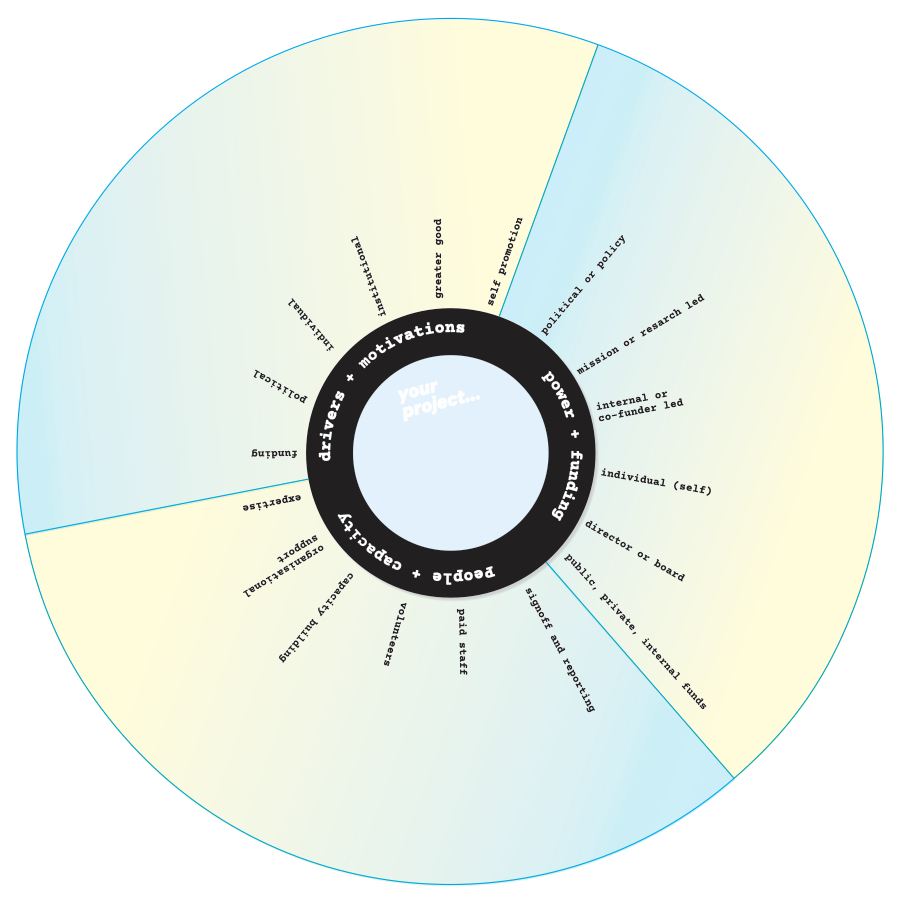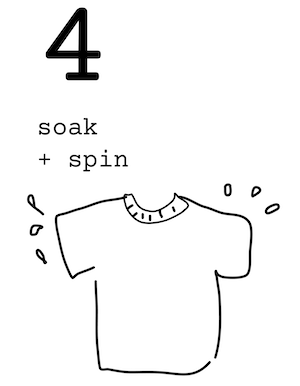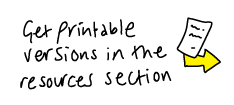Stage 4: soak + spin
This stage has one part, the ‘what’s in the spin?’ wheel.
This is based on Salmon & Roop’s (2019) engagement wheel, and its purpose is to help us get to grips with and articulate some of the different drivers and objectives of all parties involved in the public engagement around your research. This is an opportunity to become more transparent and explicit about where the power lies; all the goals of an activity (including the ones that won’t ever be overtly declared) and what ‘success’ looks like.
What is the ‘What’s in the spin?’ wheel?
The wheel helps participants to get to grips with and articulate some of the different drivers and objectives of all parties involved in the public engagement around your research, using a tool originally developed by Salmon & Roop (2019).
Why?
It is an opportunity to become more transparent and explicit about the ‘real’ goals of communication activities — the openly declared ones, and the ones that won’t ever be in a funding report! — and what ‘success’ looks like. It is broken down into three sections:
Drivers + motivations
This section considers funding sources (e.g. mandates on scope or priority as stated in a ‘request for proposal’), self-promotion (e.g. what are the ways in which the leader or project team benefit), individual drivers and motivations, whether a given initiative serves the ‘greater good’ and identifying any political or institutional drivers.
People + capacity
This element helps to identify who is part of a given project (paid staff, volunteer staff) and how they are supported by both leadership and funding. It also asks what expertise is present, missing, or required, as well as identifying any organisational support mechanisms and capacity-building needs or potential.
power + funding
The funding element is used to articulate who has (or needs) the power (self, individuals, board, funders, managers, indigenous or tribal groups) and those who have influence, such as co-funders, and whether funding is public, private and/or from an internal institutional source. It is also important for identifying if the funding has any political or policy-driven elements, or is mission or research led.

The wheel

Examples of completed wheels on washing machines

